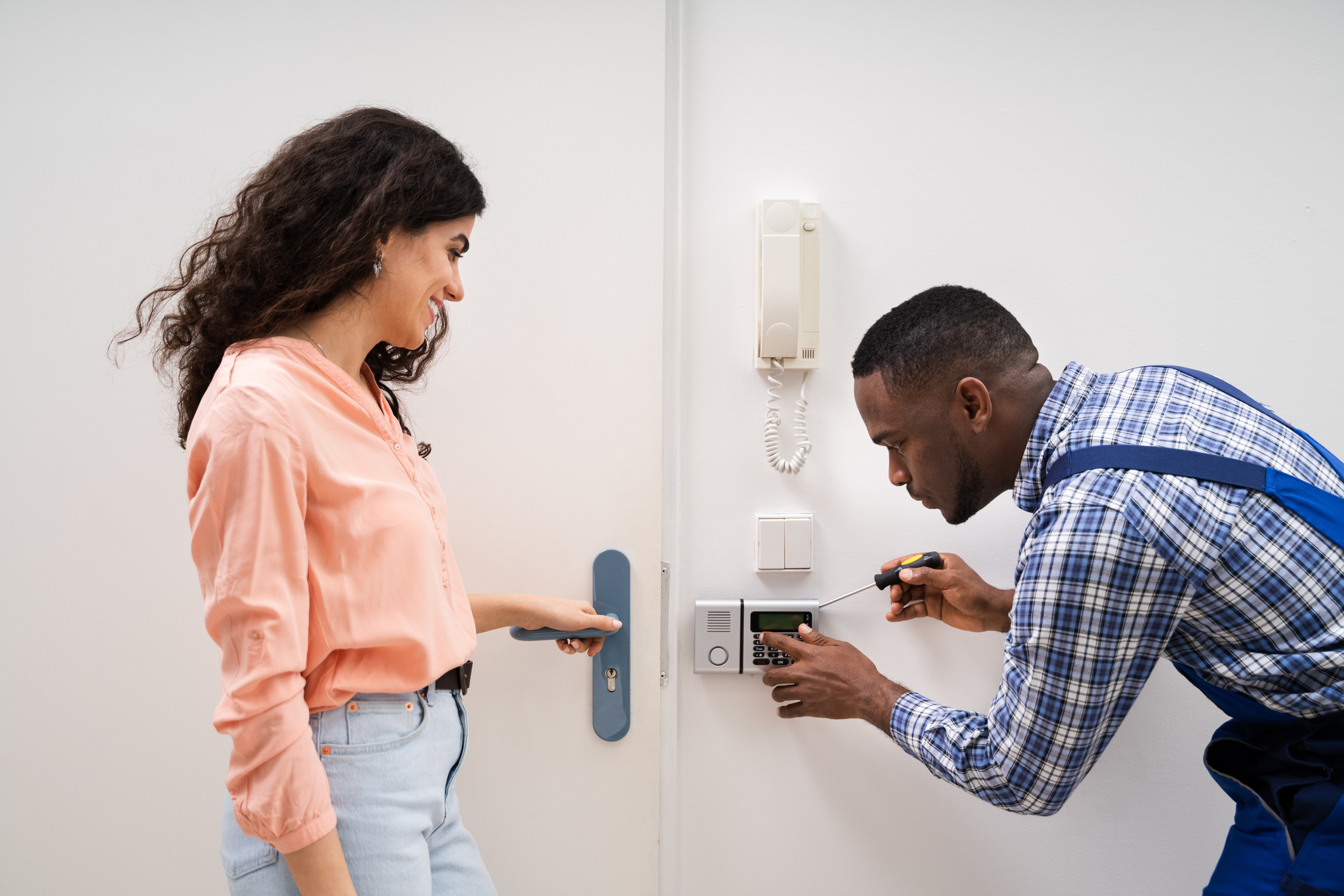How to Secure Your Home After a Break-In
Experiencing a break-in is a traumatic event that shakes your sense of safety and security. Once the immediate shock has passed, securing your home becomes the top priority to protect your loved ones and belongings from further harm. Knowing how to effectively secure your home after a break-in can restore peace of mind and prevent future incidents. This guide will walk you through practical, step-by-step actions to take following a break-in.
Step 1: Contact the Authorities Immediately
Your first action after discovering a break-in should be to call the police. Avoid touching anything inside the home to preserve potential evidence. The police will investigate the scene and collect fingerprints or other clues that might help identify the intruders. Reporting the incident promptly is also essential for insurance claims.
Step 2: Assess the Damage and Inventory Missing Items
Once law enforcement has given you permission to enter, carefully inspect your home for damage and theft. Document everything by taking photographs or videos of broken locks, doors, windows, and missing possessions. Create a detailed inventory list of stolen items including their estimated value, brand, and serial numbers if available. This will be critical when filing an insurance claim.
Step 3: Secure All Entry Points
After a break-in, the weakest points of your home’s security are exposed. Prioritize repairing or reinforcing these vulnerable areas:
- Replace or repair damaged doors and windows immediately.
- Install heavy-duty deadbolt locks on all exterior doors.
- Consider upgrading to reinforced or laminated glass windows that are more resistant to breaking.
- Secure sliding doors with additional locks or security bars.
- Check and repair any broken frames or hinges that may allow easy entry.
Step 4: Upgrade Your Locks and Security Systems
Outdated locks or simple key locks provide minimal protection. Enhancing your home’s locking mechanisms significantly improves security:
- Install high-security deadbolts certified by recognized security standards.
- Consider smart locks with keyless entry and remote access controls.
- Add door reinforcement hardware like strike plates and door jammers.
- Upgrade window locks or add window sensors linked to an alarm system.
- Invest in a monitored home security system with cameras and alarms.
Step 5: Install a Home Security System
A professionally installed or DIY home security system can act as both a deterrent and an early warning. Key components to consider include:
- Security cameras placed at key entry points and vulnerable areas.
- Motion detectors and glass break sensors inside the home.
- Alarm systems that notify local authorities or a monitoring service.
- Visible signage and stickers indicating your home is protected.
- Smart home integration for real-time alerts and remote monitoring.
Step 6: Improve Outdoor Security Measures
Preventing break-ins often starts with improving the security of your home’s exterior:
- Ensure your yard and entryways are well-lit with motion-activated lights.
- Trim bushes and trees near windows and doors to eliminate hiding spots.
- Install secure fencing with locked gates around your property.
- Use gravel or other noisy surfaces near entry points to detect movement.
- Consider neighborhood watch programs to increase community vigilance.
Step 7: Reinforce Doors and Windows
Many burglars enter through doors or windows that are easy to force open. Reinforcing these points adds valuable time for you or neighbors to react:
- Use solid core or metal doors rather than hollow wood.
- Install door armor kits to strengthen frames and hinges.
- Add window security film that prevents glass from shattering.
- Secure windows with pins, locks, or security bars if appropriate.
- Keep windows locked at all times, even when you’re home.
Step 8: Safeguard Valuables
After a break-in, it’s important to secure your valuables to minimize future losses:
- Store important documents, jewelry, and cash in a fireproof safe.
- Avoid leaving expensive items in plain sight near windows.
- Mark valuables with identifying information or use engraving.
- Photograph valuables and keep an updated inventory list.
- Consider a safety deposit box for extremely valuable items.
Step 9: Change Your Routines and Habits
Burglars often target homes based on predictable patterns. Altering your daily routines reduces the risk of another break-in:
- Vary the times you leave and return home to avoid patterns.
- Use timers for lights and electronics to simulate occupancy when away.
- Ask trusted neighbors to watch your home during extended absences.
- Be cautious about sharing travel plans or absences on social media.
- Keep your property well-maintained to signal active occupancy.
Step 10: Communicate with Your Community
Building strong relationships with neighbors and community members enhances overall security:
- Join or start a neighborhood watch program.
- Share information about suspicious activity with local authorities.
- Encourage neighbors to report unusual behavior.
- Exchange contact information with trusted neighbors for emergencies.
- Attend community safety meetings and workshops.
Professional Help Is Just a Call Away
Securing your home after a break-in can feel overwhelming, but you don’t have to do it alone. Professional locksmiths and security experts can assess your home’s vulnerabilities and recommend customized solutions to restore your safety. Don’t wait – take action today to protect what matters most.

